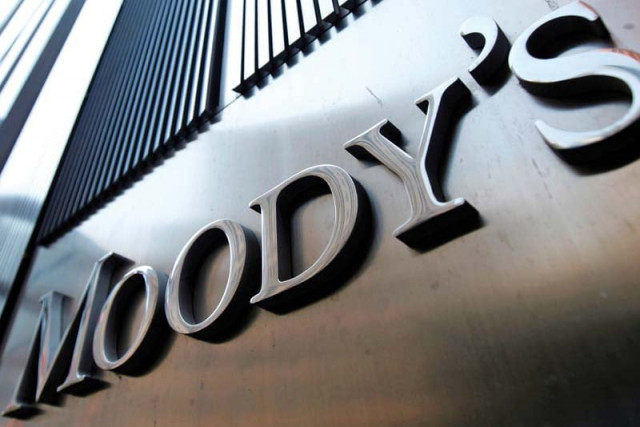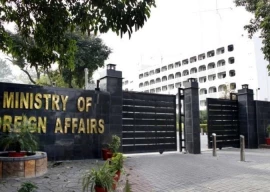
Pakistan’s debt affordability has weakened after it shifted to non-conventional loans by issuing $3.5 billion worth of international bonds, increasing its borrowing costs, according to the latest report by an international credit rating agency.
The concerns of the Moody’s Investor Services about Pakistan’s debt affordability come just as the International Monetary Fund (IMF) has projected that the country’s net external debt will increase by $3 billion to a whopping $68 billion when the current fiscal year ends. According to the lender, Islamabad will need $6.7 billion during the current year to service external debts alone.
Pakistan to get another $502m IMF loan
The IMF also projects that Pakistan’s external debt will balloon to $74.5 billion by the end of the incumbent government’s five-year term. External debt stood at $60.8 billion in 2012-13. The PML-N came to power towards the end of that fiscal year.

Moody’s reports also comes amid growing criticism against the PML-N government’s policy of borrowing funds by floating international bonds at very high interest rates. The government raised $500 million in September by floating dollar-denominated Eurobonds for 10 years at a rate of 8.25%.
Pakistan agrees to slap billions in new taxes
A decline in exports and a negligible increase in foreign direct investment have increased the government’s reliance on expensive foreign borrowings. Pakistan’s external debt in percentage of exports is projected to be increased to 228.2% by end of the current financial year, up from 218% last year.
Moody’s said the move by six countries, including Pakistan, towards more non-conventional financing has led to higher borrowing costs. The six countries borrowed $16.4 billion in last one and a half years, according to the agency. Pakistan borrowed $3.5 billion, accounting for 21.4% of the total figure.
A recent report by the finance ministry’s debt office substantiated Moody’s assessment. It showed that the ratio of total external debt that is maturing within a year stands at 8.1%, up from 7.7% in 2014. The report also revealed that the average maturity period of Pakistan’s total external debt has also decreased from 10.5 years to 9.4 years, increasing refinancing risks.
Inconclusive IMF talks extended for two days
According to Moody’s, the share of concessional external debt is shrinking after the six countries, including Pakistan, tapped the bonds market. It said these countries were issuing bonds due to easy access and less stringent conditions attached to this mode of borrowing, unlink concessionary lending from international lenders like the World Bank and Asian Development Bank.
Moody’s rating focuses primarily on credit quality or the ability and willingness of the borrower to repay debts. Pakistan has been given a B3 rating, which is a sub-investment grade with a stable outlook. Sub-investment grade countries primarily rely on concessional financing from multilateral institutions to meet their public debt needs.
Moody’s said that overall susceptibility to event risk was also high in Pakistan. There was also high domestic political risk and high geopolitical risk in Pakistan. “Geopolitical tensions in Bosnia and Herzegovina, and Pakistan can also weigh on credit quality, which may ultimately undermine credit ratings of the countries,” it added.
Meeting with Dar: Exim Bank lauds economic recovery
Institutions are also weak in these frontier economies. Moody’s said corruption in Bangladesh and Pakistan is a hurdle for private investment and general business sentiment.
The agency said only a select group of countries are well placed for credit rating improvements. However, conditions leading to credit rating improvement mentioned in the report suggest that Pakistan is not among these countries.
Pakistan also lacks the strengths which can make a typical frontier market an emerging market. Most frontier markets rank high on trade openness but Pakistan is ranked 169th out of 189 economies surveyed by WB for ease of doing business.
A country can benefit from demographic dividends only if it has better education and health standards – areas where Pakistan is performing miserably, according to various United Nations reports. The quality of human capital also lags in Pakistan.
Published in The Express Tribune, November 8th, 2015.


















COMMENTS
Comments are moderated and generally will be posted if they are on-topic and not abusive.
For more information, please see our Comments FAQ